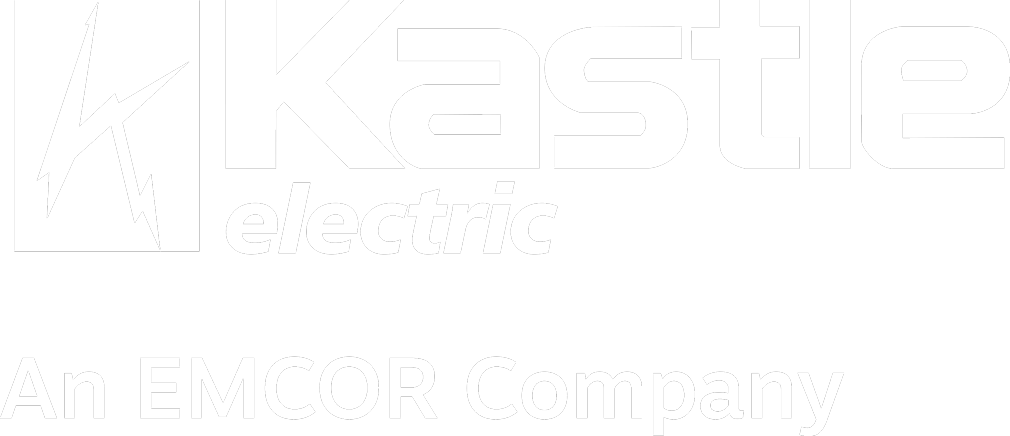Preconstruction
Our job is to eliminate surprises.
Most construction surprises are unwelcome. Unexpected costs, material delays, schedule revisions, design mishaps. Adjustments can increase project expenditures and postpone delivery.
We can help you remove unanticipated surprises with our extensive preconstruction services.
Leveraging the latest technology, our design development budget management, virtual design and construction team, and prefabrication and preconstruction experts foster a collaborative approach with clients to identify project construction solutions.
The use of preconstruction and design integration services allows the entire team access to costs, scheduling, and construction information. Our technologies and processes employ the appropriate professionals at the relevant time to support project goals and objectives while maintaining design intent – ultimately conserving overhead.
Let us help you eliminate surprises on your next project.
Our virtual design and construction (VDC) team believes strongly in fostering a collaborative team approach with our clients to leverage project solutions through technology.
VDC complements our traditional construction services by applying a series of key VDC tasks to a project. Each step in the process can stand alone or can build on the previous one – beginning with the building information model and growing from there, VDC impacts each of the following areas:
- Virtual trade coordination/clash detection
- Integration/prefabrication
- Virtual constructability review
Our in-house VDC department cultivates this value service by enhanced communications, faster processes, and building information modeling experience.
A majority of production is done in a controlled environment specifically designed to manufacture and assemble the individual prefabricated components. This allows for quality checks and review – much more thoroughly than can be done if these components were to be assembled directly at a job site.
Unlike a project site, our prefabrication facility where prefab components are built isn’t subject to the limitations of geography, so going prefab can be especially beneficial for projects in areas with limited skilled workforce on a certain niche project.
Prefab production lines also allow for an optimized workflow and process, because the objects are being built by the same staff in a controlled line.
And as a bonus point, prefab helps keep the site safe and organized. Because components were already individually assembled at a separate warehouse, this keeps the actual project site clean and clutter-free, and a tidy working space not only increases productivity, it also reduces the risk of accidents.
For decades, construction has lagged other sectors in productivity performance. Now there is an opportunity for a step change: shifting many aspects of building activity away from traditional onsite projects to offsite manufacturing-style production. While modular (or prefabricated) construction is not a new concept, it is attracting a fresh wave of interest and investment on the back of changes in the technological and economic environment.
Modular construction, when optimized and capably delivered, can demonstrate a series of benefits over traditional construction for appropriate projects.
- Reduced build cost and overall lifetime cost of the building — while these are not always demonstrated, we will discuss ways to unlock such savings
- Accelerated build schedule
- Greater certainty on both build times and costs
- Improved quality of the building, including better energy or seismic performance
Modular construction is particularly in demand for players and building types where these benefits play a key role.
Our team has a hands-on approach when working with clients on their BIM needs. Our range of BIM services include 3D modeling, and BIM coordination. We work with owners, general contractors, and design firms on making the BIM process work efficiently for any type of project – from healthcare to industrial projects. Through our experience implementing BIM on projects, our team not only executes efficiently but also provides insight on each project based on real world experience. When we provide BIM services to clients, we take the time to understand our clients’ project needs and desired outcomes. Our firm is entirely software driven, so depending on the project’s BIM execution plans or specifications, we tailor our tools to match the project’s requirements.
Our experience and expertise, together with the software we use, enable us to collaborate effectively in real time with other AEC professionals and role players from preconstruction through the project delivery process to handover.




